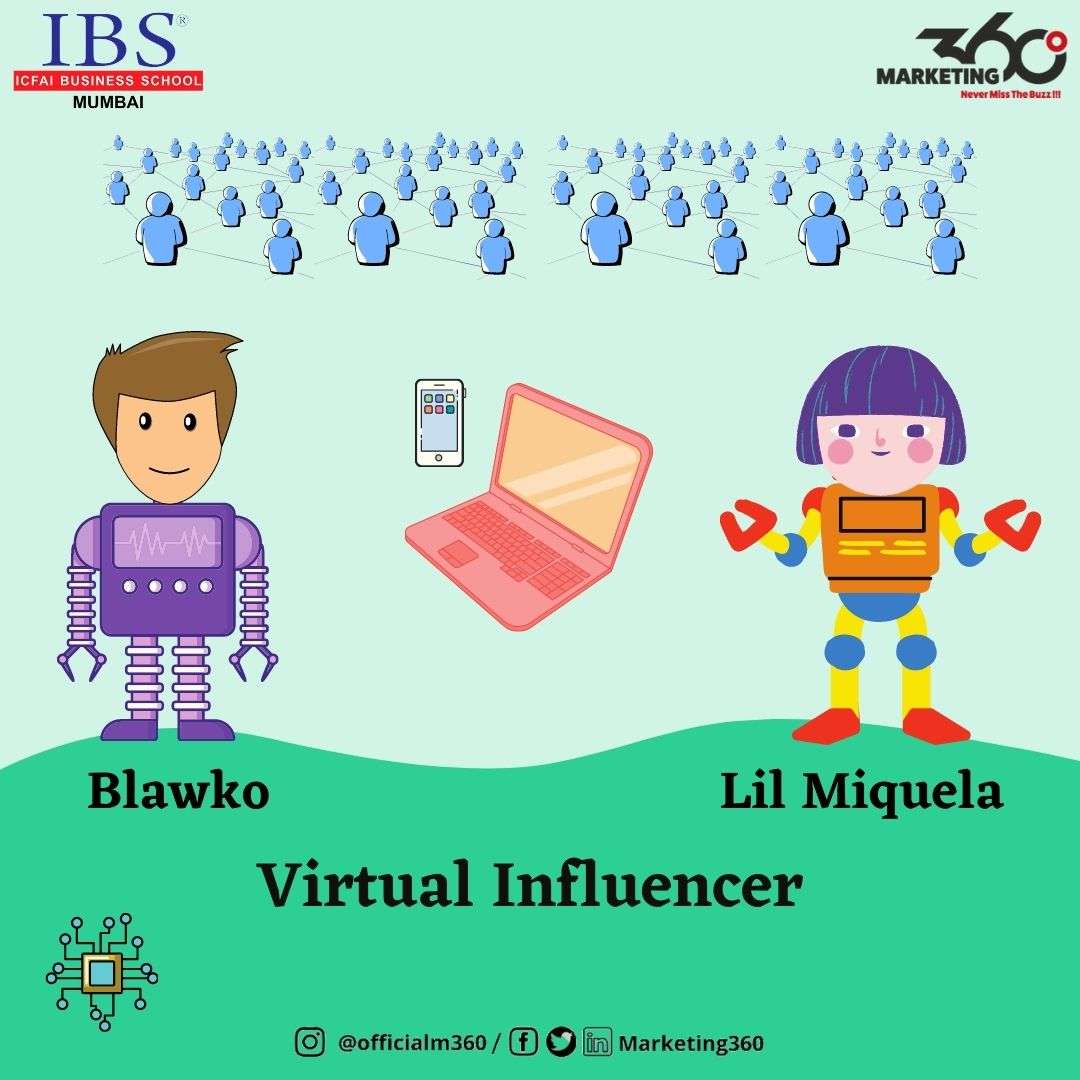
Influencer Marketing is one of the popular trends in digital marketing strategies these days. Virtual Influencer or as they are called “Computer Generated People” have features like humans. With the advancements in technology and the rise in the use of digital platforms, it has become difficult for brands to choose the right influencers and stand out from the crowd. Millions and billions of people around the world are now using Instagram and engaging with these new personalities called “Virtual Influencers.”
How do Virtual Influencers work?
There is a sharp eye for innovation behind these virtual influencers. The makers pick the way these influencers look, dress, and act. Additional features include the time spent, date, and collaboration on Instagram. The makers decide and alter their influencers onto whatever settings as per the requirement by the brands. For example, a high-resolution backdrop can be added.
How brands are being benefited?
There are various benefits of collaborating with Virtual Influencers. Firstly, there is less scope of error compared to human influencers. There is less delay in terms of re-shooting and getting the correct outcome. The Issue of authenticity and transparency can be easily overcome with a great script of the brand. Thus, in a way helping in connecting well with the audience and building a strong transparent relationship with the audience on different platforms. A popular worldwide car brand Renault has started promoting their product with their self-virtual ambassador nicknamed “Liv”. Renault wanted to prove and give an authentic, thrilling onboard experience, irrespective of the ambassador “Liv” being virtual, the experience in itself is completely real.
The new age of Social Media Faces/Influencers:
- Lil Miquela: “Lil Miquela”, a 19- year Musician who has over 1.6 million followers was created by L.A. firm Brud and started its journey in the year 2016. She is now a popular face in famous magazines and other luxury brands. Her Spotify has more than 80k people streaming music every month.
- Blawko: Another virtual influencer “Blawko” was also created by Brud who has streetwear styling and tattoos. He is one of the most mysterious influencers as his face is half-covered with a mask.
- Colonel Sanders: KFC, for instance, made a CGI variant of the organization’s author Colonel Sanders. The virtual persona speaks to Sanders as a hip youngster, embellished with tattoos of KFC-related expressions across his abs. He showed up on KFC’s Instagram page for only few weeks.
- Thalasya: Initially from Jakarta in Indonesia, Thalasya traversed her “nation of origin” investigating its galleries and shops. However, while staycations are presently a thing, this has not prevented her from going right to the USA. She has advertised for hotels, restaurants, and even health pills. She was created by Magnavem Studio and showed up in October 2018.
- Bermuda: She is one of the oldest virtual influencers. Initially from Los Angeles, she previously showed up in December 2016. This young lady, who is recognized as a robot lady, plans to spur youthful business people to pursue their business objectives. She intends to spur more ladies to follow professions in the field of robotics.
Cons of CGI Model in Influencer Marketing:
- The significant concern is that CGI influencer models could take occupations from genuine or real models and hamper the business a few years down the line.
- Trouble in recognizing genuine and counterfeit models. Since the idea is new, the whole subject of authenticity and concepts always wins. Content Creators are utilizing carefully made characters to connect with the crowd and impact them, while the crowd is yet under the impression that they are genuine. There are no restrictions as the CGI models are fake and have no rules to follow when it comes to following sponsored content.
- Overseeing and keeping a virtual profile is a great deal of work, and brands and media companies hoping to build up a virtual influencer should be ready for the huge investment in creating a virtual influencer.
Lastly, Virtual Reality and Computer Graphics are getting better and more sophisticated. They have become easier to produce and are more likely to expand in the next few years. Influencers like Lil Miquela, who have already attracted and engaged with a ton of followers on Instagram. Since then, these influencers have continued to take the online world by storm and featured in multiple articles about the rise of virtual influencers.
Genuine influencers might commit errors that could impact the public’s impression of the brand image. With a virtual influencer, a brand or an organization does not have a chance of connecting the brand image with any negative press. Utilizing a virtual influencer offers, plenty of advantages beginning more with imaginative control and less chance of setting off negative backslash. A lot has changed post-COVID-19, customer conduct keeps on adjusting post-COVID-19, virtual influencers may in any case be viewed as a progressing media experiment.

Very informative and well presented, keep it up!
Graphics on point